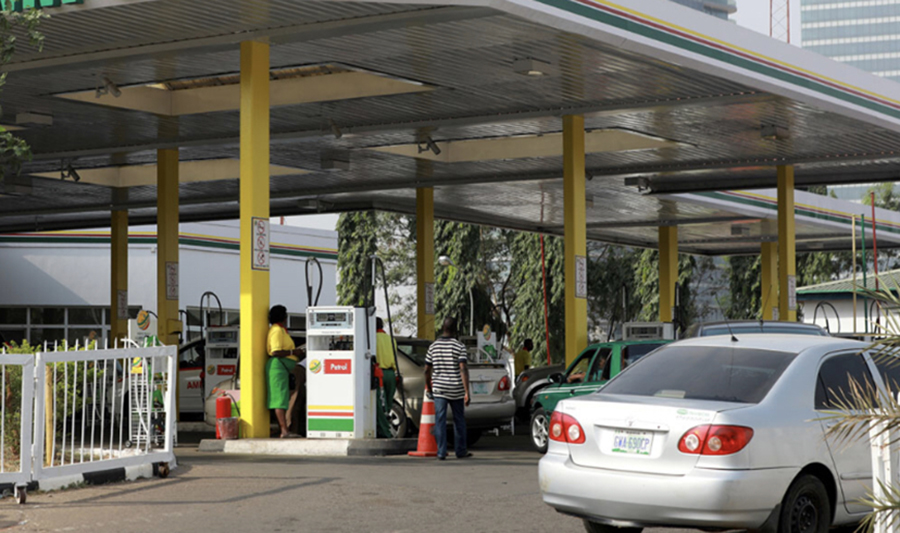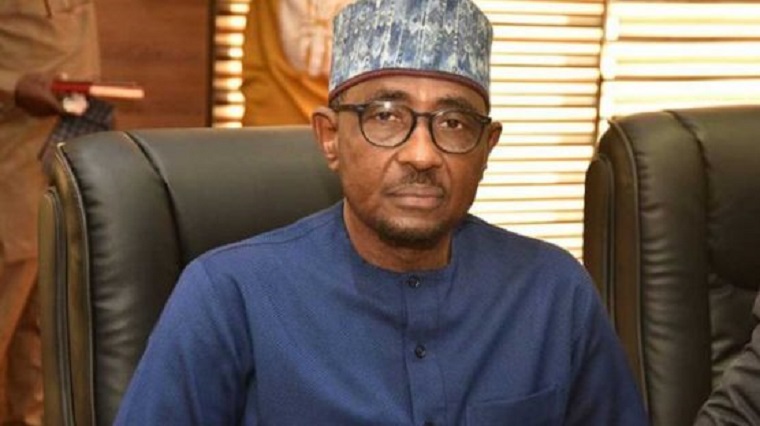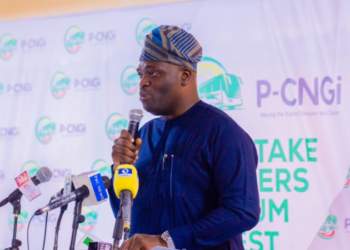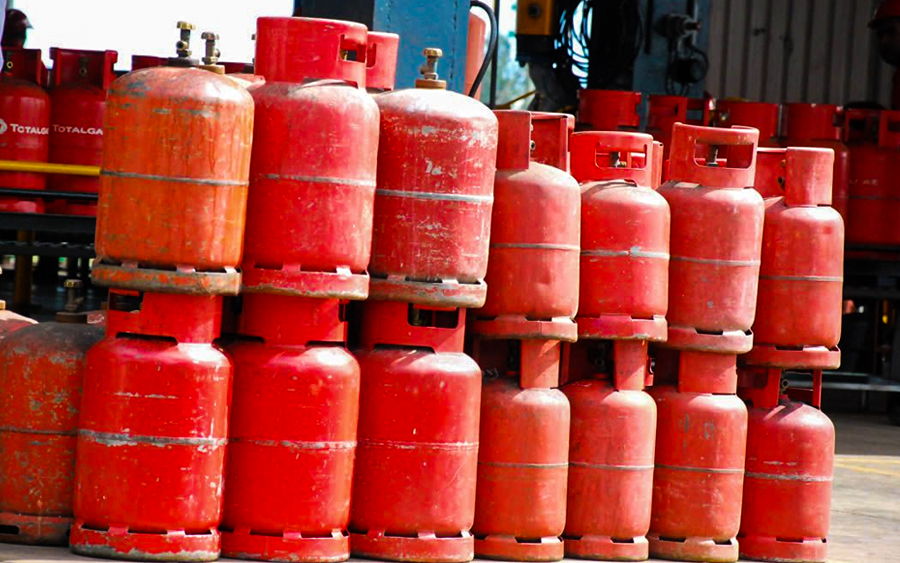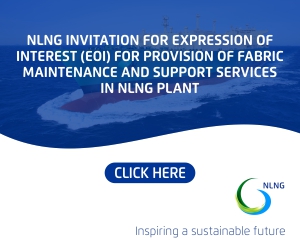Key highlights
- The NMDPRA is authorized by the Petroleum Industry Act (2021) to develop cost benchmarks and other frameworks and the authority is doing this to tackle cost inefficiencies of petroleum products in the country.
- The NMDPRA will be making investments to de-risk Nigeria’s gas sector through the Midstream and Downstream Gas Infrastructure Investment Fund to attract more investments to the sector.
- The authority has recently developed new regulations guiding operations along oil and gas, pipeline systems, transportation and shipments, permits, domestic demand and others.
The Nigerian Midstream and Downstream Petroleum Regulatory Authority (NMDPRA) has said that it is working to eliminate cost inefficiencies of petroleum products.
This was disclosed by Ogbugo Ukoha, NMDPRA’s Executive Director of Distribution Systems, Storage, and Retailing Infrastructure, during an interview with Arise TV.
According to Ukoha, some variables could impact the pricing of petroleum products after the fuel subsidy is removed. However, the authority was working on easing that impact. He said:
- “Prices will be determined by the forces of demand and supply. The PIA in sections 32 and 33 gives the authority clear powers to develop cost benchmarks, pricing, and tariff frameworks in real terms and we are working towards how we can mitigate and eliminate cost inefficiencies.
- “We will for instance borrow a leaf from our neighbours who have worked with their Central Banks to create pools because if you can dedicate sourcing of dollars, it will also reduce the exposure today and if the refineries are working, you will also protect the Naira from the shocks of the international market.”
De-risking the gas value chain
While addressing domestic gas pricing which has been impacted by gas flaring and lack of investments due to high risks across the board, Ukoha said one of the six regulations that were recently promulgated by the authority is the gas pricing and domestic demand regulations. He said:
- “That gas pricing takes the Petroleum Industry Act (PIA) and sets out how the gas pricing domestically will be done in relation to gas to power, gas to gas-based industries and the commercials. It makes provisions for quality and pricing and signals to the industry how the open market system will be achieved.
- “The PIA as well creates a fund within the authority in the Midstream and Downstream Gas Infrastructure Investment Fund. Once collections begin to get put together, the authority will be looking forward to making investments in a manner that will reduce gas flares and give comfort to other investors that de-risk the value chain so that investors can come and make investments.
Speaking on pricing gaps in the domestic market, Ukoha said:
- “NLNG Train-7 is coming up soon and with that, there will be added capacity and increased output as well and we expect that with domestic supply obligations, liquefied petroleum gas (LPG) and all, will be pushed forward.”
What you should know
Nairametrics had earlier reported that the NMDPRA had issued six new regulations to guide operations in the oil and gas industry. The regulations target natural gas pricing, natural gas pipeline tariffs, domestic demand and delivery, midstream and downstream petroleum regulations and others.

